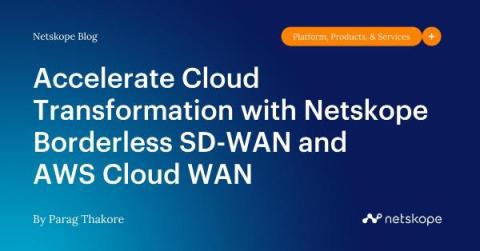The Application Migration Checklist (Updated for 2024)
All organizations eventually inherit outdated technology infrastructure. As new technology becomes available, old apps and services become increasingly expensive to maintain. That expense can come in a variety of forms: Cloud computing is one of the most significant developments of the past decade. Organizations are increasingly moving their legacy IT assets to new environments hosted on cloud services like Amazon Web Services or Microsoft Azure.








